KNIT MAGAZINE
- Knit Products
Knitted trims and Sandwich trims

- Post date:
- January 9, 2024 07:25
- (Update: April 8, 2025 20:53)
KNIT MAGAZINE

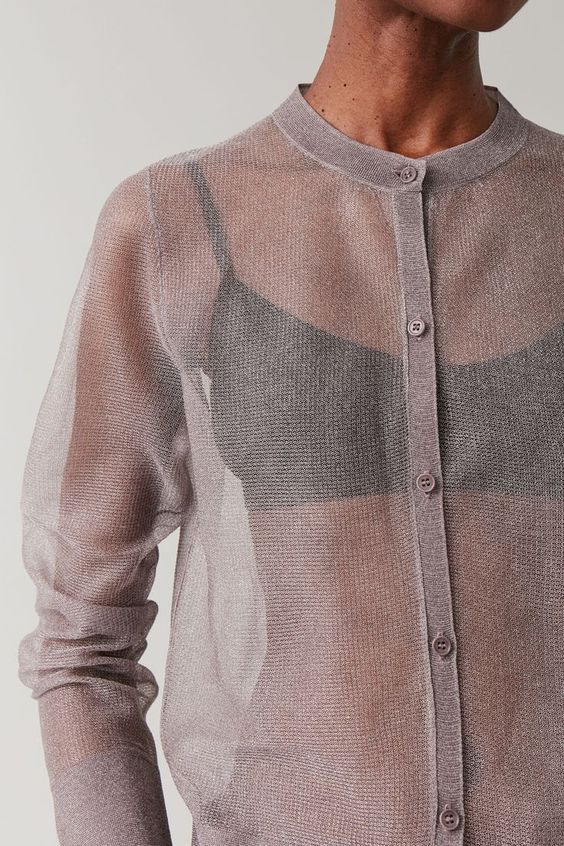
Edges and trims are very important in knitwear. In university we had a whole unit focused on this area.
Knits can be quite delicate, in order to maintain it’s strength and structure we use trims. Especially for single bed knitting, trims can prevent rolled edges and create beautiful finishings.
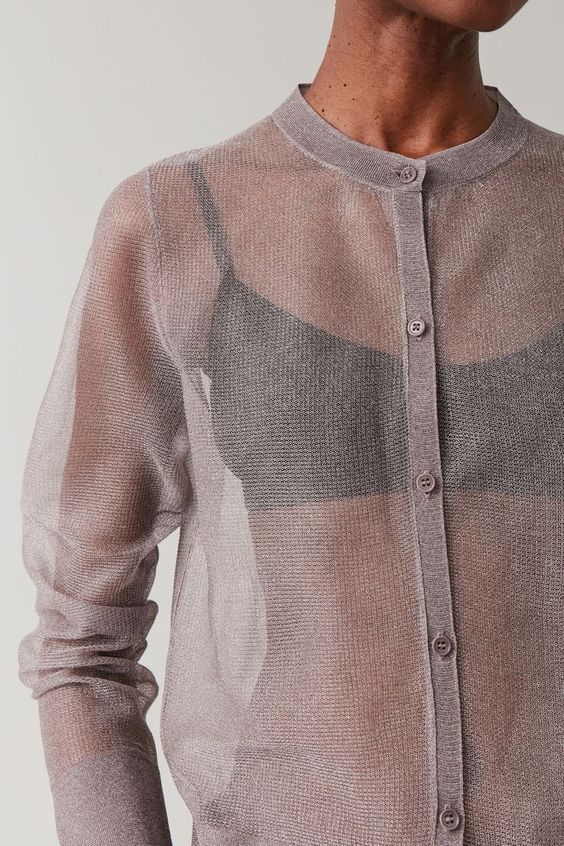
When it comes to attaching these trims, it can be done by linking. It is a very intricate process and recent year there have been a shortage of linking facilities in the past years.
Depending on the way trims link to the base fabric, there
are two main types.
The Sandwich (Folded) trim
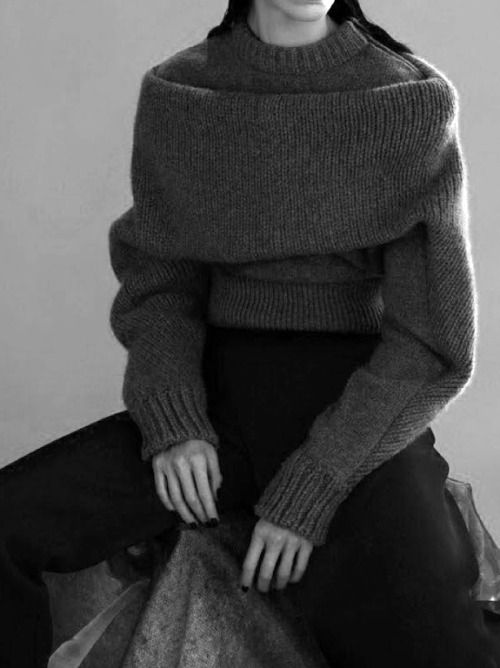
The Sandwich trim is used quite often in apparel. For collar details, sleeves and button holes, the sandwich trim can be quite versatile. Basically the sandwich trim is when you ‘sandwich’ an edge with a folded fabric. Both sides of the fabric is linked together to make an completely enclosed edge.
The pros of sandwich trims are that they are reversible. They can be used for both sides.
Due to the structure, collars of knitted sweaters often use sandwich trims. This is because they are stronger and less prone to over-stretching. The double fabric layer maintain its shape.
The knitted trim
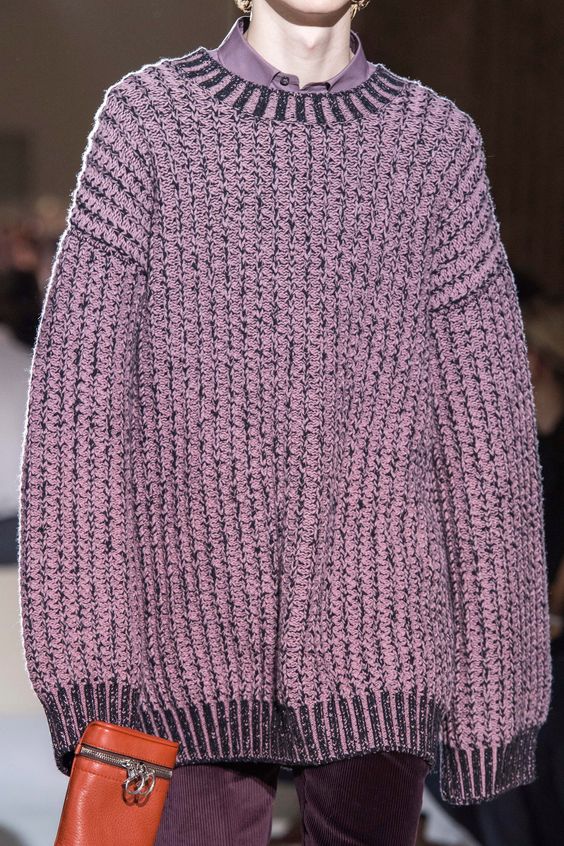
The pros for this trim is that it finishes relatively thin. Depending on the stitch, it can be reversible. (e.g. rib, garter stitches)
Double-knitted structures are more common for knitted trims, as single-bed trims have rolling properties. However, if it serves the design purpose why not. This is a great example of a single-bed knitted trim, where the rolling edges adds a detail to the product.
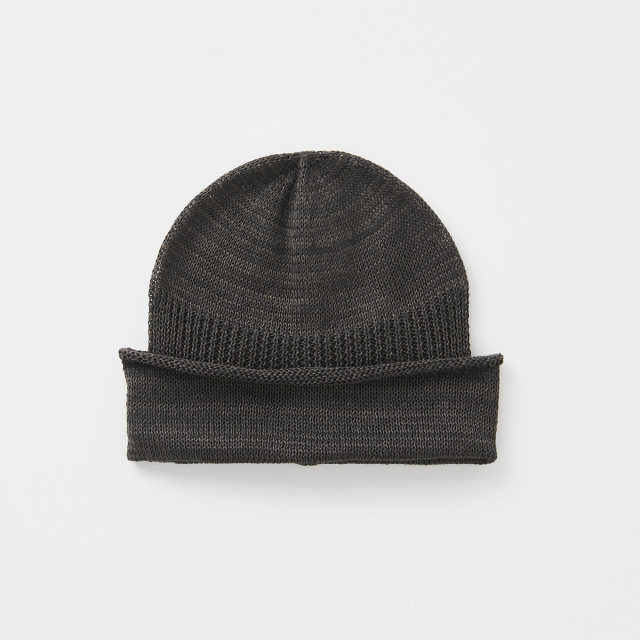
Crochet trims
Not the most professional way of finishing, but finishing edges with crochet does add power to the garment,
Crocheting with the same yarn, can give seamless edges. Maybe tatting lace can be a beautiful accent to your knits. Knit soon!
Subscribe Now
To receive the latest updates and insights, subscribe to our newsletter.
Contact Us
For further inquiries regarding this article, please feel free to contact us.